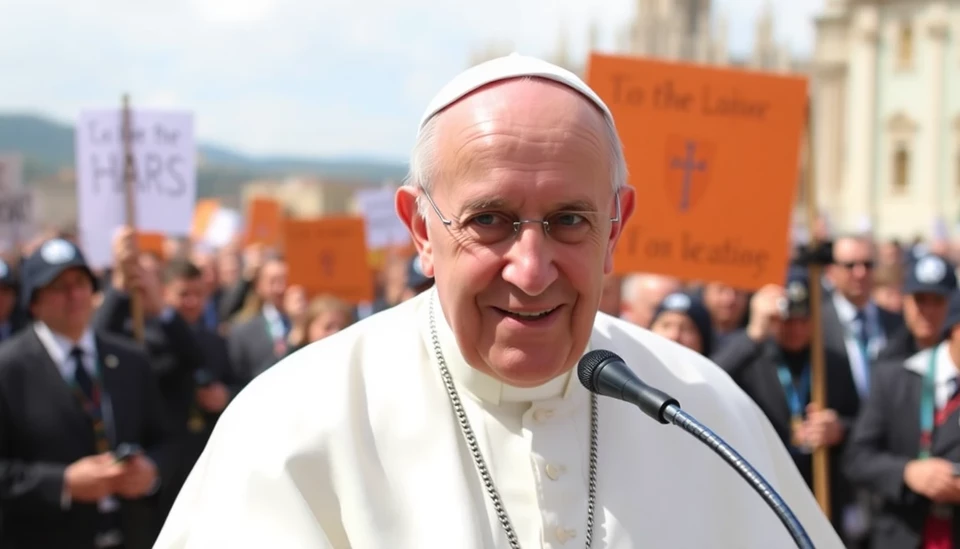
The United States has officially committed to an ambitious target of reducing greenhouse gas emissions by 61% by the year 2035. This commitment, announced amid rising environmental urgency, marks a significant shift in the nation's energy policies and climate strategies. The decision reflects a broader global recognition of the need to combat climate change and the growing pressure from both environmental activists and political factions advocating for an aggressive stance against climate threats.
This ambitious plan comes at a time when the Biden administration aims to lead in global climate action, contrasting sharply with the previous administration's approach. The target not only aligns with international goals set forth in agreements like the Paris Accord but also positions the U.S. as a key player in motivating other nations to pursue their own aggressive emissions targets.
At the heart of this initiative is a multifaceted strategy that includes investing in renewable energy sources, enhancing energy efficiency across various sectors, and promoting sustainable practices nationwide. The Biden administration has emphasized transitioning to electric vehicles, improving public transport, and increasing investments in solar and wind energy infrastructure as critical components of this plan.
However, this announcement comes with its share of challenges. With the 2024 elections fast approaching, there is an air of uncertainty regarding the future of this climate agenda. Former President Donald Trump, who has previously expressed skepticism about climate change policies, has stated his intention to run again, which raises questions about the sustainability of the current administration's commitments in the face of potential political shifts.
The roadmap laid out by the Biden administration highlights the importance of collaboration between federal, state, and local governments, as well as private sectors, to achieve these ambitious goals. This collaboration is deemed essential to drive innovation, create jobs in the green economy, and ensure that the transition does not disproportionately impact vulnerable communities.
Furthermore, the U.S. will likely face scrutiny from environmental groups and activists to ensure that these targets are not only met but exceeded. Proponents of stricter climate legislation are pivotal in holding the government accountable for its promises, especially in an era where extreme weather events have underscored the urgency of action against climate change.
This commitment to a significant emissions cut by 2035 highlights the administration's assertive approach to tackling what many consider the defining challenge of our time. As global temperatures continue to rise and the effects of climate change become increasingly apparent, the world is watching closely to see if the U.S. can follow through on this commitment and effectively lead in the fight against environmental degradation.
As we move into a critical period for climate policy, the upcoming election will be a crucial moment for voters to consider their stance on climate action. Will they support a continuation of the Biden administration's policies, or lean towards a return to more conservative approaches that prioritize economic growth over environmental responsibility? The path the U.S. chooses will ultimately resonate globally, influencing how other countries strategize their own climate actions moving forward.
In conclusion, while the U.S. has taken a vital step toward a more sustainable future with its pledge to cut emissions by 61% by 2035, the political landscape and upcoming elections will significantly impact whether these goals can be realized.
#ClimateAction #EmissionsReduction #BidenAdministration #SustainableFuture #RenewableEnergy #Election2024 #GlobalWarming
Author: Peter Collins




